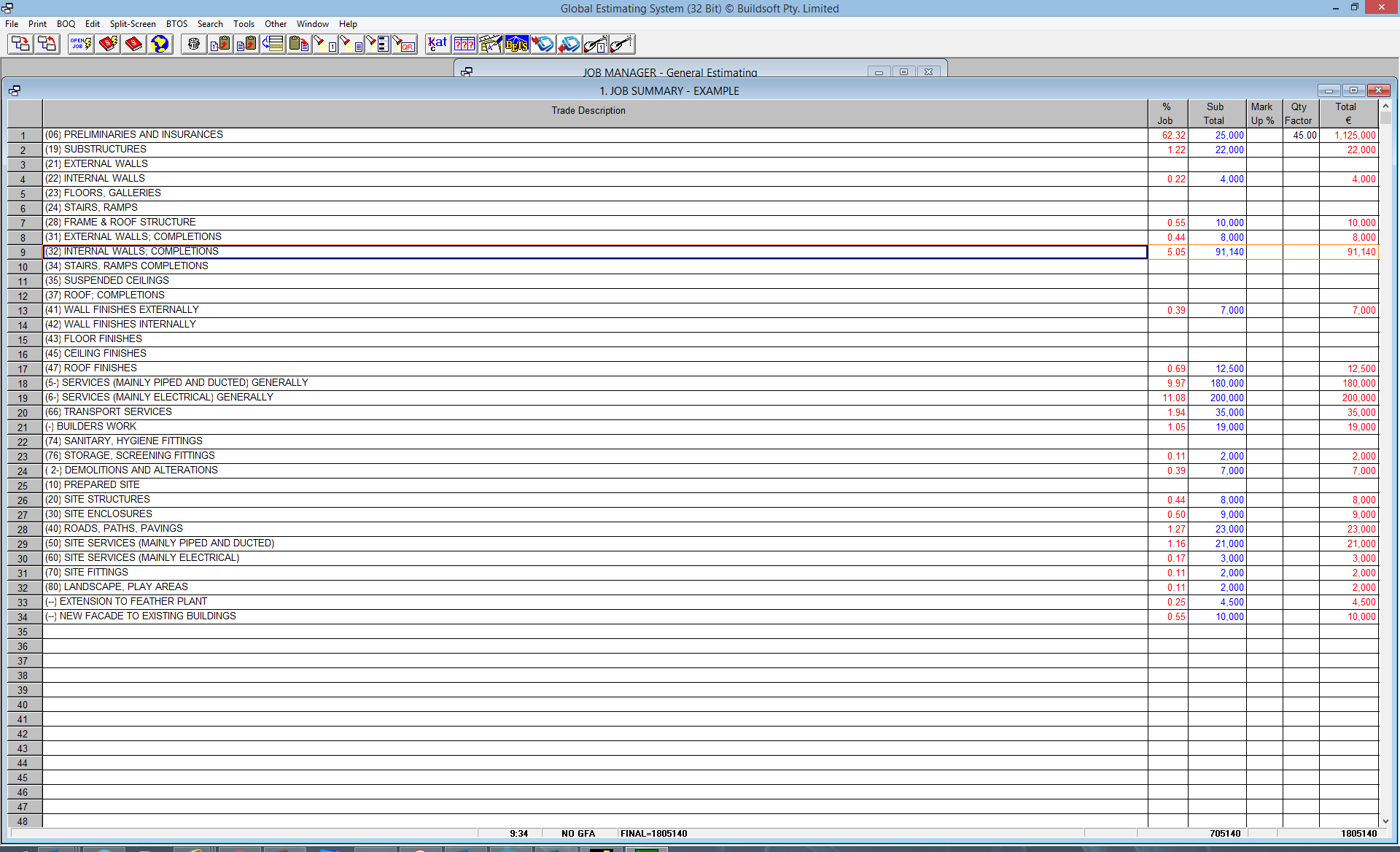

We will follow up to guide you through the submission process and work with you to add your content to the site. If you would like to add anything to the site, please click the link below to get in touch. We want to build a community around the website and to support people in contributing content. The aim for the Soft Robotics Toolkit is to provide a platform for designers, researchers, and students to share information and resources. Wyss Institute for Biologically Inspired Engineering at Harvard The goal is for the Soft Robotics Toolkit to be a useful shared resource that can help advance the field, and for this to happen we need your help! Support the Toolkit, send us feedback, or contribute your work we look forward to hearing from you.įellow in Material Science and Mechanical Engineering We hope to continue to improve and expand the Toolkit with the help of other soft robotics researchers worldwide.

And it’s not just students – soft robotics researchers across the world have also been interacting with the Toolkit, both contributing material and using content from it to further their own work ( Holland et al. and India to build soft robotic medical devices of their own. Pilot tests were conducted with non-scientists to ensure that the information is as clear as possible, and the Toolkit was successfully used by students in the U.S. Since then, the Toolkit has been steadily growing through testing and feedback, not just in the number of soft robotic components that are documented on the site (the first pilot version had just 3) but in the quality of the content. This has been supported by contributions from a range of research groups with assistance from the Toolkit development team. Thus, the Soft Robotics Toolkit was born.
#Buildsoft support how to
The teaching team took note of the information the students were seeking out and decided to create a more comprehensive resource that future students could use to learn how to design, fabricate, model, and test their own soft robotic devices. However, it soon became clear that the student teams needed more detailed information to support the development of their soft robotic devices. This change to the course was piloted in 2013, with the addition of instructional labs on soft actuator fabrication and an early prototype of a fluidic control board. A soft robotics focus was added to the course in order to connect student projects with the cutting-edge robotics research being conducted at Harvard, exposing the students to the latest research findings and giving them the chance to participate in advanced technology development. 2014). The Toolkit was initially developed in the Harvard Biodesign Lab through a user-centred design approach to understanding the needs of student designers in ES227 Medical Device Design, a project-based mechanical design course in which teams of undergraduate and graduate students work with clinicians to develop novel medical devices. This plate type is not suitable for hollow-core-slabs since the upper and lower ‘flenge’ of the plate bear in two directions while a hollow-core-slab has a one-directional behaviour.The Soft Robotics Toolkit grew out of research conducted at Harvard University and Trinity College Dublin which focused on developing better instructional kits for hands-on design courses ( Dónal P. A torsional factor of 80% also matches more the real life behaviour of a slab than 0%. If you want both approaches to result in similar results, the torsional rigidity with should be set to 80%. The user cannot change the torsion factor. The user can take the torsional ridigidy into account by entering a value for the torsion factor.īy default the torsional rigidity is calculated using a torsion factor of 80%. īesides the above mentioned difference, there is another difference regarding the torsional rigidity (= D 66 in the stiffness matrix) :īy default the torsional rigidity is neglected ( = the torsional factor is equal to zero%) to match beam-behaviour.


Which thickness bears one or two direction(s)? The table below gives an overview of their differences Icon


 0 kommentar(er)
0 kommentar(er)
